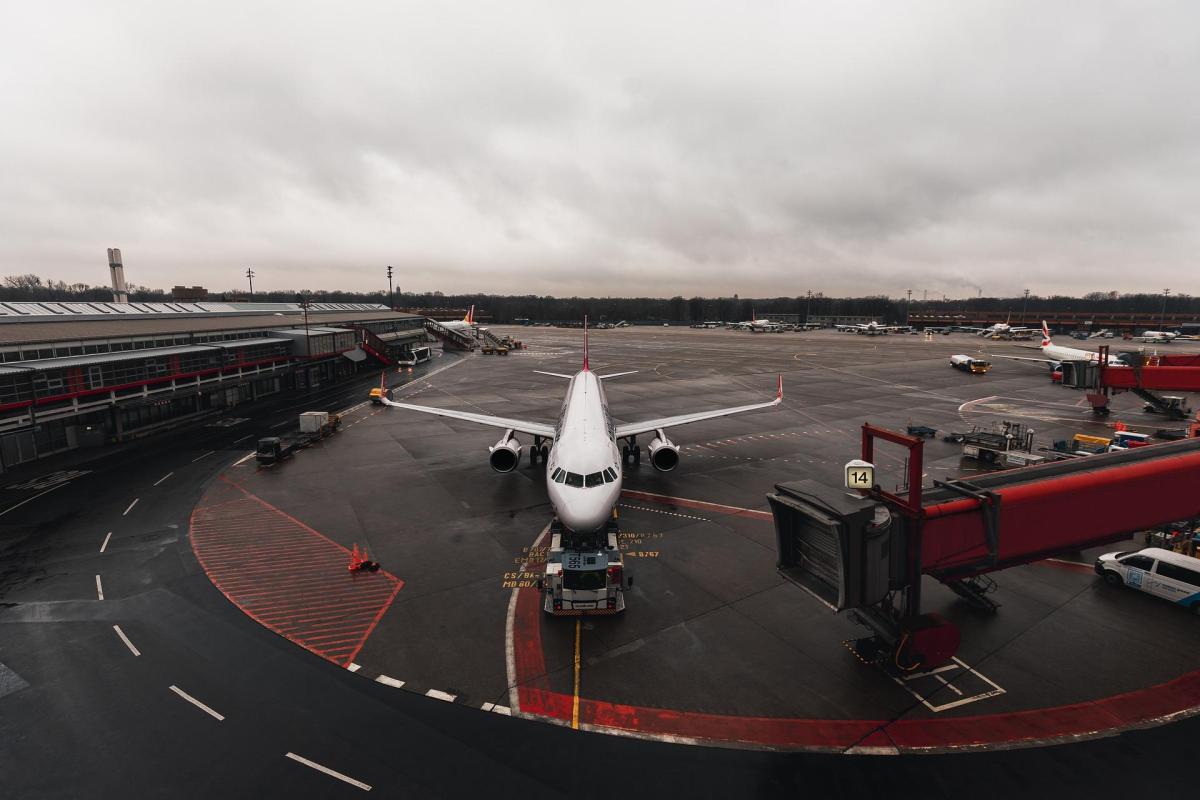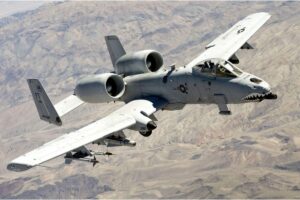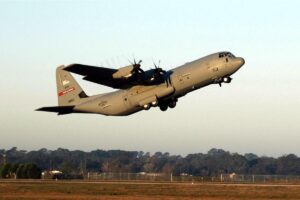Ethernet to MIL-STD-1553 Converters: Enhancing Connectivity
Abstract
In the fast-evolving world of avionics and defense, integrating modern Ethernet networks with the time-tested MIL-STD-1553 protocol is essential for achieving reliable communication and enhanced system performance. Ethernet to MIL-STD-1553 converters provide the necessary bridge, ensuring seamless data translation while maintaining the robust standards required for mission-critical applications. This white paper delves into the functionality, benefits, challenges, and future trends of these converters, emphasizing their pivotal role in modernizing legacy systems.
Introduction
The MIL-STD-1553 protocol has been a cornerstone in military and aerospace systems for decades, offering reliability, deterministic communication, and resilience in harsh environments. With the advent of Ethernet as a high-speed, flexible communication protocol, the need for integration between these two technologies has grown substantially. Ethernet to MIL-STD-1553 converters enable this integration, allowing systems to leverage the advantages of both protocols without compromising performance.
This paper explores the key aspects of Ethernet to MIL-STD-1553 converters, their applications, and their impact on connectivity in modern and legacy systems.
Understanding the Protocols
1.1 Overview of MIL-STD-1553
The MIL-STD-1553 protocol, developed in the 1970s, is designed for reliable, real-time communication in military and aerospace environments. Key features include:
- Dual-Redundant Bus Architecture: Ensures communication reliability.
- Deterministic Performance: Guarantees predictable data transfer.
- Robust Design: Operates effectively in extreme conditions.
1.2 Overview of Ethernet
Ethernet is a widely adopted protocol in commercial and industrial networks, known for its:
- High-Speed Data Transmission: Supports rates from 10 Mbps to 400 Gbps.
- Scalability: Adapts to diverse network sizes and configurations.
- Flexibility: Accommodates various applications, from data streaming to industrial automation.
1.3 The Integration Imperative
Bridging Ethernet and MIL-STD-1553 protocols is crucial for modernizing legacy systems while maintaining the reliability and determinism of 1553-based architectures. Ethernet to MIL-STD-1553 converters provide a seamless transition, ensuring compatibility and performance.
Key Challenges in Protocol Conversion
2.1 Technical Disparities
- Speed Differences: Ethernet’s high-speed operation contrasts with the slower, controlled communication of 1553.
- Message Structures: Ethernet uses variable-length packets, while 1553 relies on fixed-length messages.
- Timing Requirements: Synchronizing real-time data between these protocols demands precise timing mechanisms.
2.2 Environmental Considerations
MIL-STD-1553 systems are built for harsh conditions, requiring converters to meet stringent environmental standards.
2.3 Legacy System Constraints
Integrating new technology with legacy systems often involves challenges such as limited processing power, outdated interfaces, and compliance with existing standards.
Ethernet to MIL-STD-1553 Converters: Features and Benefits
3.1 Core Features
- Bidirectional Data Translation: Converts data seamlessly between Ethernet and 1553.
- Real-Time Performance: Maintains deterministic communication required for critical applications.
- Error Handling: Includes robust error detection and correction mechanisms.
- Compact Design: Offers lightweight and space-efficient solutions.
3.2 Benefits
- Cost-Effective Modernization: Enables integration without overhauling legacy systems.
- Interoperability: Connects modern and legacy devices seamlessly.
- Enhanced Scalability: Supports system expansions and upgrades.
- Simplified Deployment: Reduces integration complexity.
Applications of Ethernet to MIL-STD-1553 Converters
4.1 Military Systems
- Avionics: Integrates mission-critical Ethernet systems with legacy 1553-based avionics.
- Weapon Systems: Ensures compatibility between advanced Ethernet-controlled systems and 1553-based platforms.
- Ground Vehicles: Enhances data exchange in hybrid Ethernet-1553 systems.
4.2 Aerospace
- Commercial Aircraft: Connects Ethernet-based passenger systems with 1553-based avionics.
- Space Missions: Facilitates reliable communication between ground systems and spacecraft.
- Launch Vehicles: Enables seamless data flow during critical launch phases.
4.3 Industrial Automation
- Control Systems: Bridges modern Ethernet controllers with 1553-based subsystems.
- Monitoring Solutions: Integrates Ethernet-based monitoring tools with legacy 1553 sensors.
Technical Considerations
5.1 Data Integrity
Converters must ensure data integrity through robust error-checking mechanisms, particularly in mission-critical environments.
5.2 Synchronization
Achieving real-time synchronization between protocols is essential to maintain system performance and reliability.
5.3 Compliance
Converters must comply with industry standards, including environmental and electromagnetic compatibility requirements.
5.4 Scalability
Scalable designs accommodate future expansions and technology upgrades.
Innovations in Protocol Conversion
6.1 FPGA-Based Solutions
Field-Programmable Gate Arrays (FPGAs) provide high-speed processing and adaptability, making them ideal for protocol conversion.
6.2 Miniaturized Designs
Advancements in miniaturization enable compact, lightweight converters suitable for space-constrained environments.
6.3 AI Integration
Artificial Intelligence (AI) enhances converter functionality, including predictive maintenance and adaptive error correction.
6.4 Software-Defined Converters
Software-defined solutions offer flexibility, enabling updates to support evolving protocol requirements.
Case Studies
7.1 Military Avionics Upgrade
A defense organization used Ethernet to 1553 converters to integrate advanced Ethernet-based mission systems with legacy 1553 avionics, enhancing system capabilities without replacing existing infrastructure.
7.2 Satellite Communication System
A space agency implemented converters to enable seamless communication between Ethernet-based ground systems and satellite MIL-STD-1553 buses, ensuring mission success.
7.3 Industrial Control Systems
An industrial manufacturer utilized converters to integrate modern Ethernet controllers with legacy 1553-based subsystems, improving operational efficiency and reliability.
Future Trends
8.1 Increasing Data Rates
Future converters will support higher data rates to meet the growing demands of modern applications.
8.2 Enhanced Security
Advancements in cybersecurity will ensure data integrity and protection against threats.
8.3 IoT Integration
The rise of the Internet of Things (IoT) in defense and aerospace will drive demand for versatile protocol converters.
8.4 Standardization
Efforts to standardize protocol conversion will simplify integration and reduce compatibility issues.
Conclusion
Ethernet to MIL-STD-1553 converters play a vital role in bridging the gap between modern and legacy systems, ensuring reliable communication and operational efficiency. By enabling seamless data translation, these converters enhance connectivity, scalability, and performance across various applications. As technology advances, innovations in protocol conversion will continue to shape the future of communication systems in defense, aerospace, and industrial sectors.





